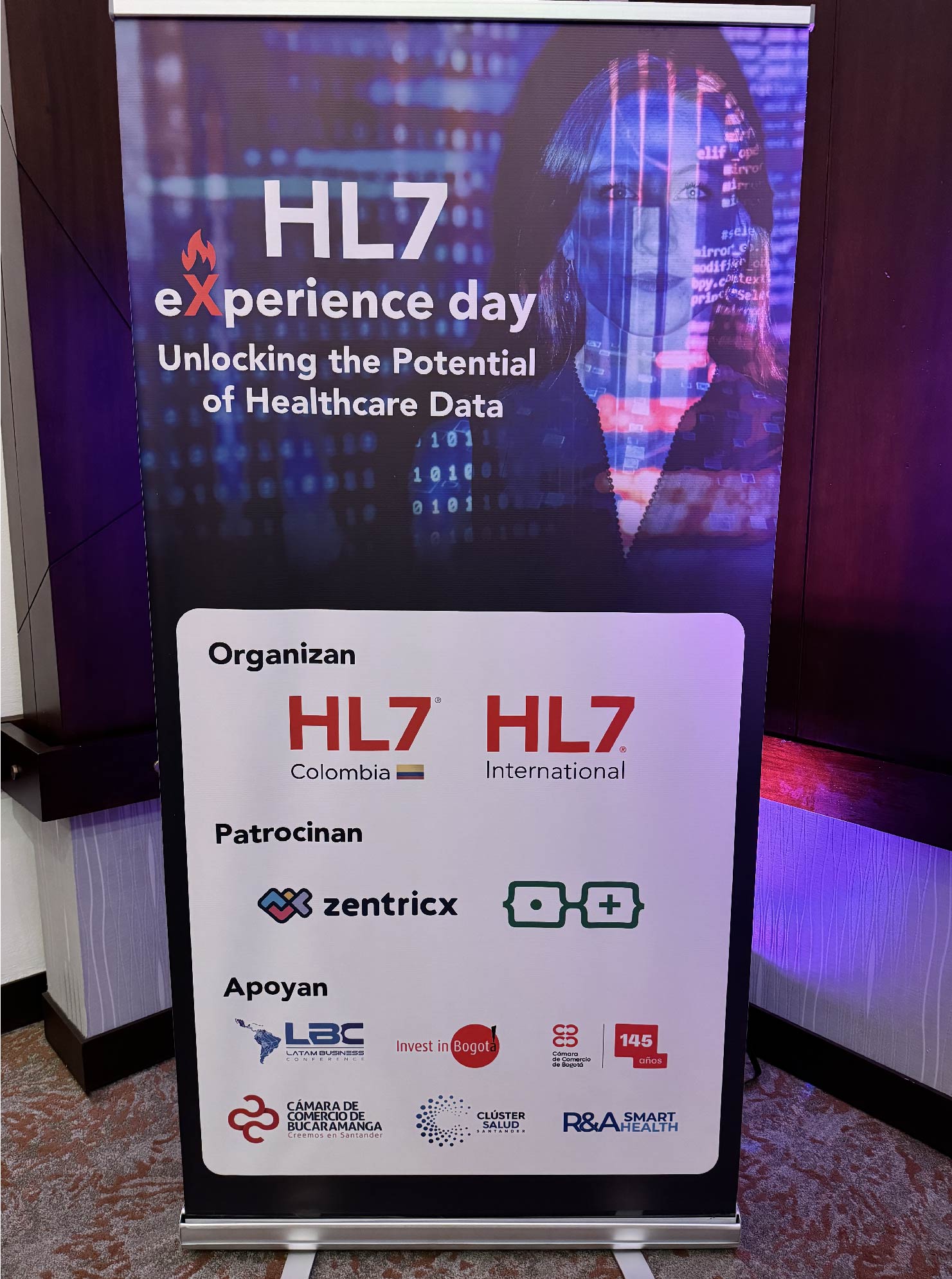The creation of an online store is crucial due to the growth of e-commerce and the shift in consumer mentality towards sustainability and local commerce. The benefits of having an online store include the opportunity to sell 24/7, cost reduction, increased customer acquisition, better service and satisfaction, and differentiation from the competition. Zentricx offers technological solutions to help organizations transition to digital commerce.
E-commerce: Keys to Not Falling Behind




